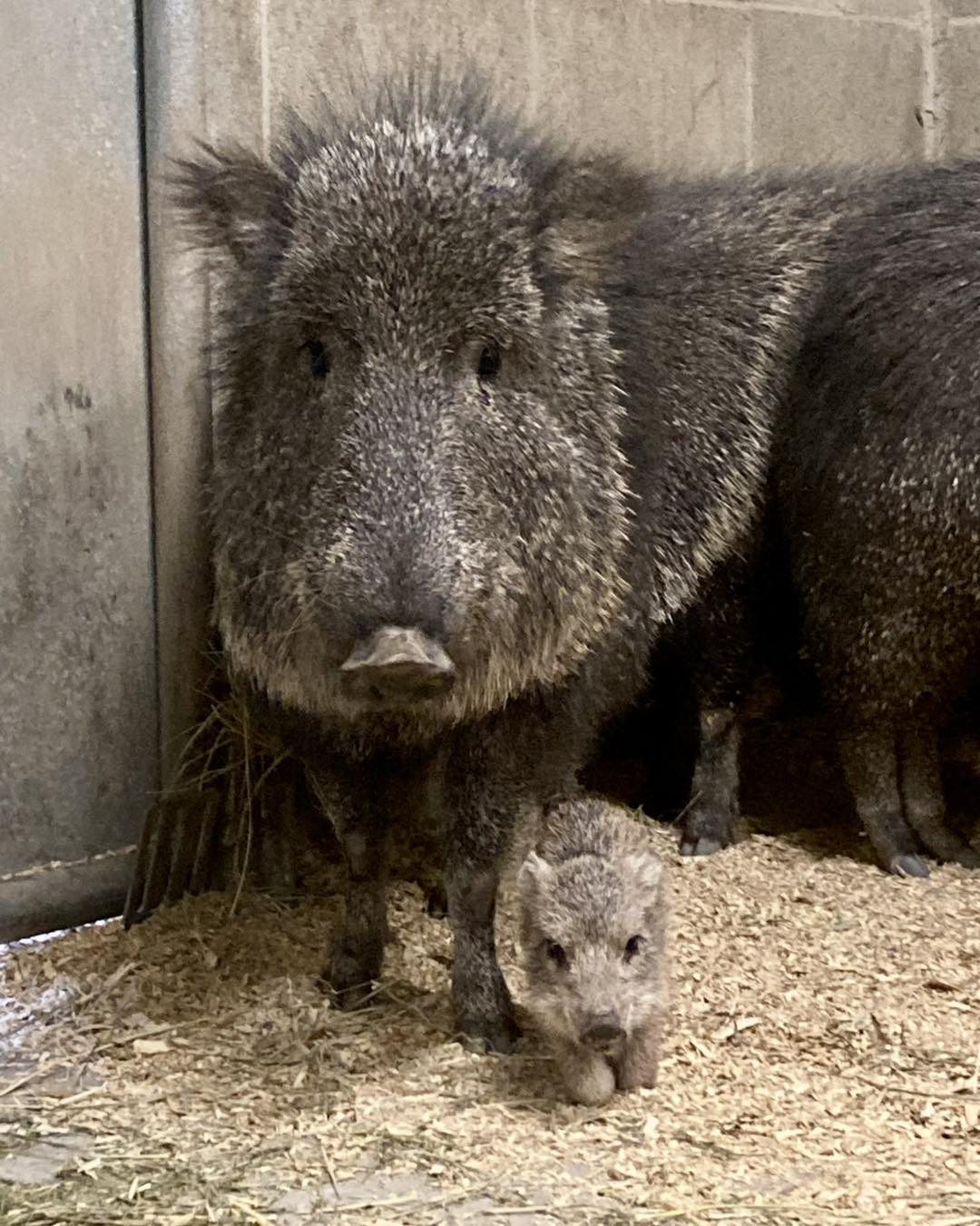- Introduction to the Chacoan peccary and its significance in wildlife conservation.
- The breeding program and its implications for endangered species management.
- Comparison between Chacoan peccaries and other types of peccaries.
- The role of zoos in species conservation and public education.
- Behavioral and ecological insights about the Chacoan peccary.
Chacoan peccaries are a captivating subject for zoologists and conservationists, and the birth of a new peccary at the zoo highlights several crucial aspects of wildlife management and preservation. These animals, scientifically known as Catagonus wagneri, are native to the Gran Chaco region of South America, an area spread across Argentina, Bolivia, and Paraguay. This habitat is a semi-arid lowland region characterized by scrub forests and thorny vegetation, essential for the survival of this species.
The newly born peccary at the zoo marks a significant step forward in conservation efforts. The breeding herd, consisting of Stoop, Ginger, Salt, Saffron, and Vanilla Bean, epitomizes the strategic initiatives taken to maintain and grow populations of endangered species. Through such structured breeding programs, zoos contribute to preserving genetic diversity and enhance the potential for future reintroduction into native habitats, should it become feasible. Combining the efforts of zoologists and wildlife experts, these programs play a pivotal role in countering the dwindling numbers in the wild.
Chacoan peccaries differ from their more familiar relatives, the collared peccary, or javelina, common in the United States and Mexico. Although they belong to the same family, Tayassuidae, Chacoan peccaries have different physical and behavioral traits. They are typically larger and more adapted to the dry, harsh environments of the Chaco. These adaptations include their ability to consume various cacti, whose spines they skillfully remove using their snouts. Such feeding behavior is a testament to their evolutionary adaptations that have enabled them to thrive in an otherwise inhospitable setting.
Zoos serve as crucial custodians of wildlife, providing a controlled environment where Chacoan peccaries and other endangered species can be studied in detail. By housing these peccaries, zoos offer the public a rare opportunity to observe an animal many would never see in the wild. This engagement fosters awareness and appreciation for biodiversity conservation, encouraging public support for protecting endangered species. Additionally, zoos contribute valuable research data by observing peccary behavior, reproduction, and health in captivity, information crucial for developing methods to aid those species in their natural habitats.
Behaviorally, Chacoan peccaries are social animals, often forming herd structures, which are essential for defense against predators. Their complex social interactions include vocalizations and scent markings, crucial for communication within the herd. Conservationists can gain insights into their social dynamics by studying these behaviors, improving management strategies for both captive and wild populations.
The birth of a new Chacoan peccary not only signifies hope for its species but also reinforces the importance of continued support for zoos as centers of conservation and education. As we strive to protect our planet’s wildlife, understanding and appreciating these remarkable creatures becomes paramount in securing a future where they can continue to thrive. Through collaborative conservation efforts, we can work towards sustaining not only the Chacoan peccary but also the myriad species that share our world.
*****
Source Description
There’s a new little face at the Zoo! Our Chacoan peccary, Ginger, had a baby, seen inside here with dad, Stoop. We’re thrilled to start a new breeding herd with Stoop and his spicy ladies: Ginger, Salt, Saffron, and Vanilla Bean.
Chacoan peccaries are an endangered species of peccary from South America. They’re a little different from the collared peccary, or javelina, people might see in the United States or Mexico, but they’re part of the same family.
Thanks to Keeper Stephanie for the picture.


